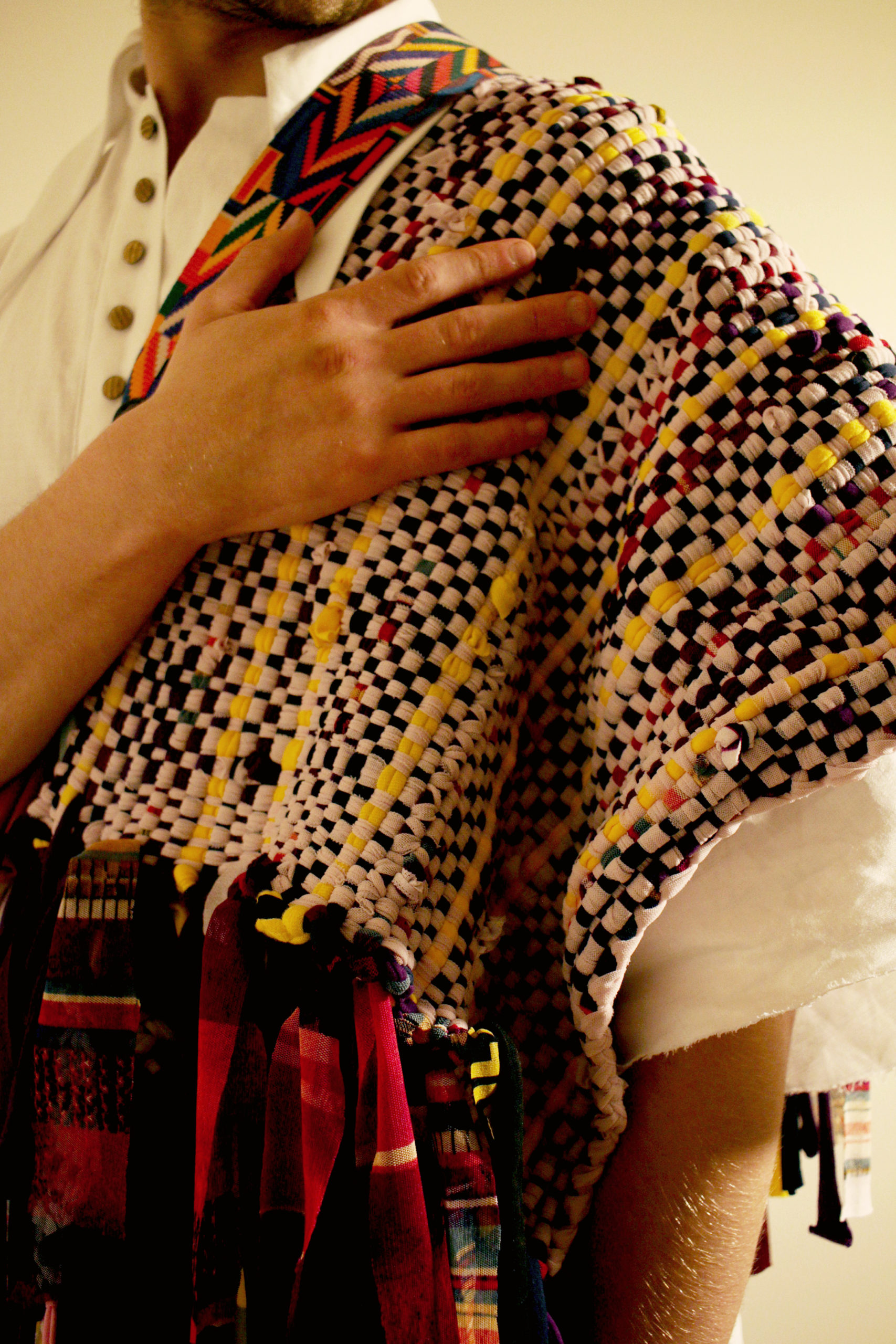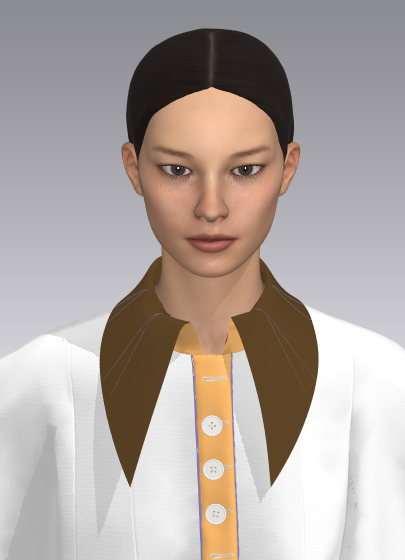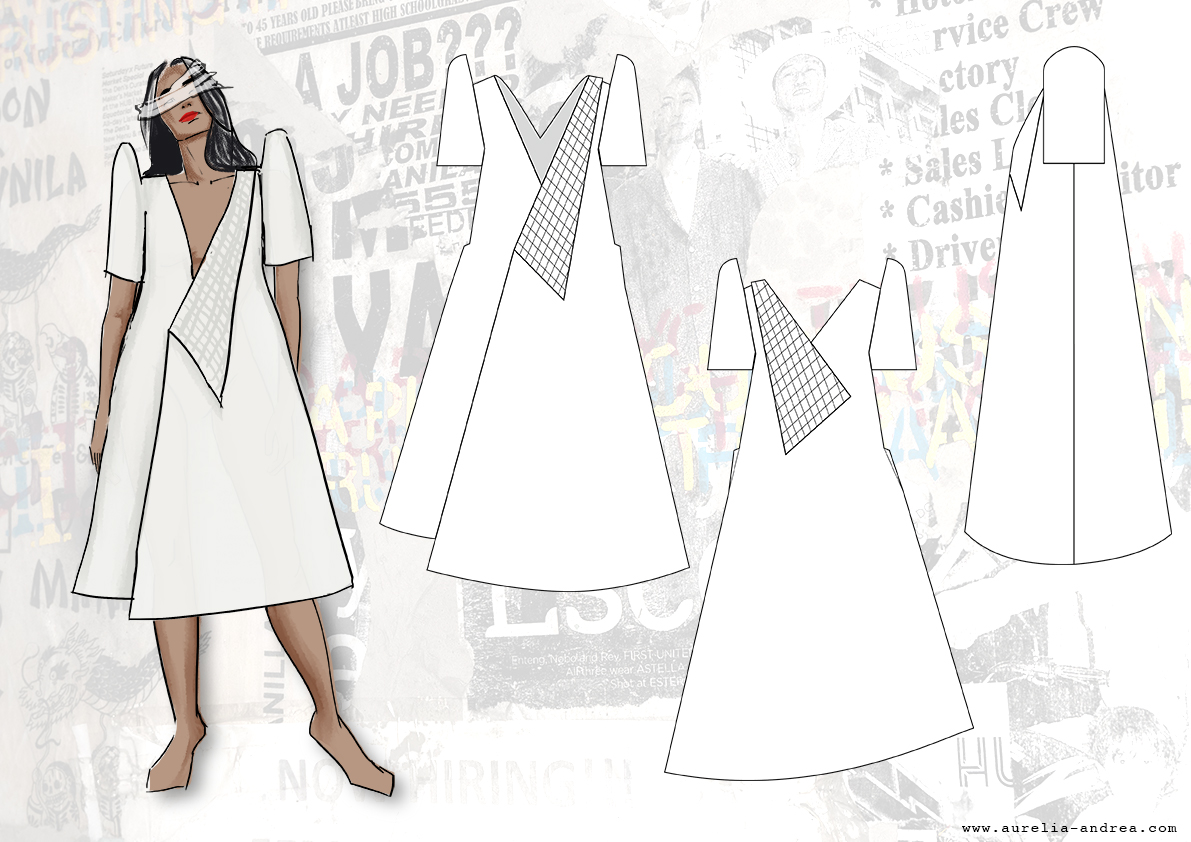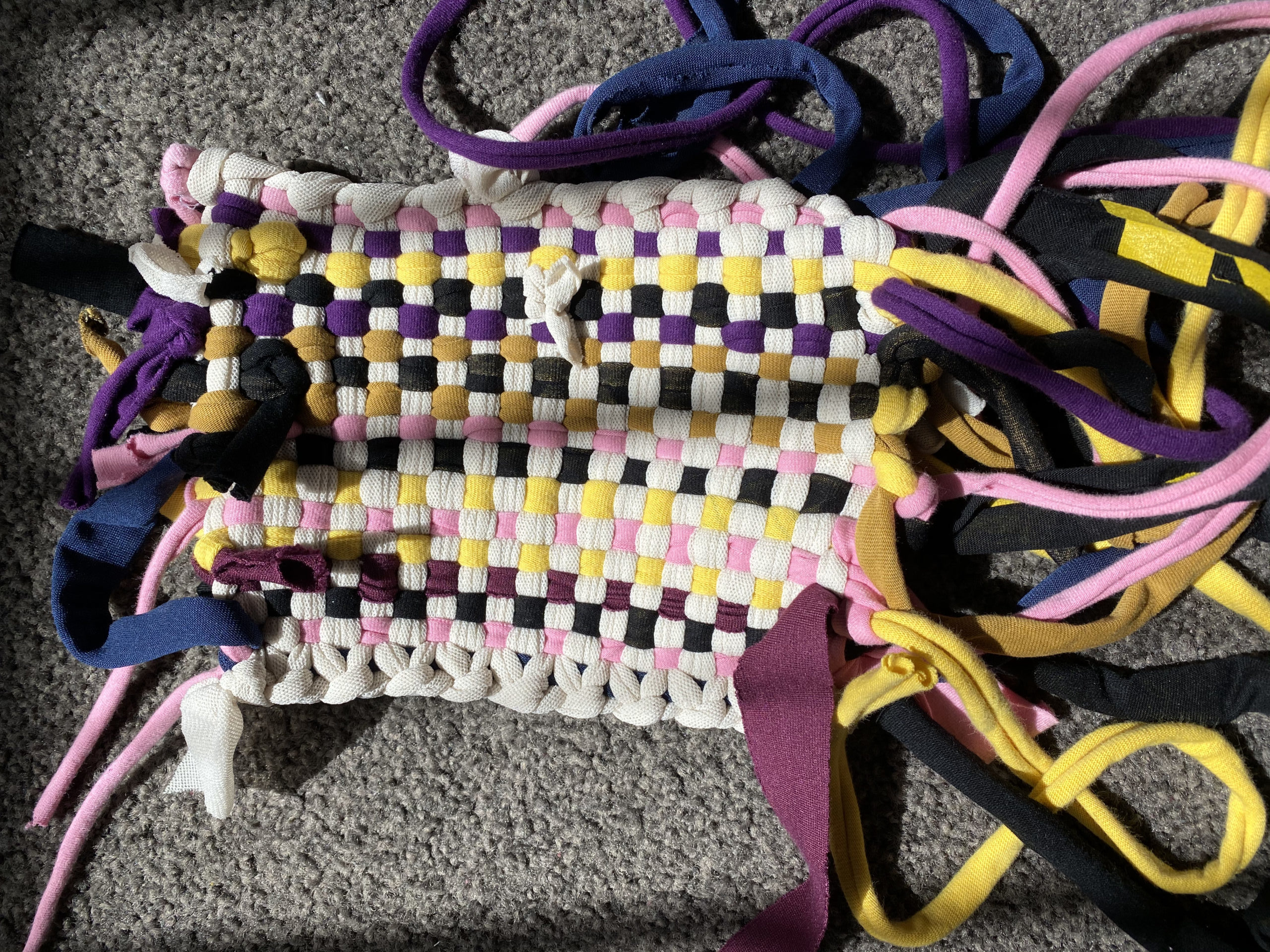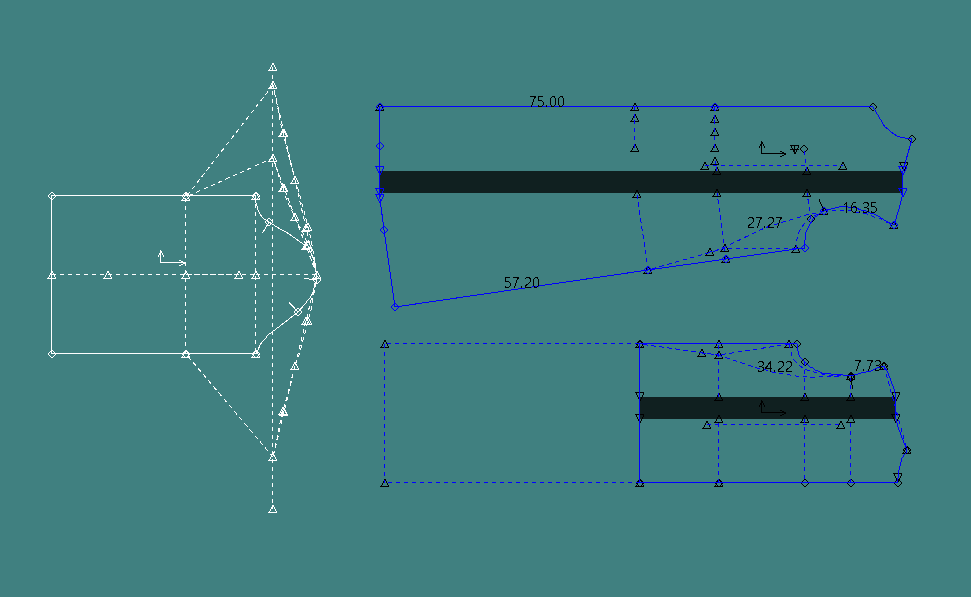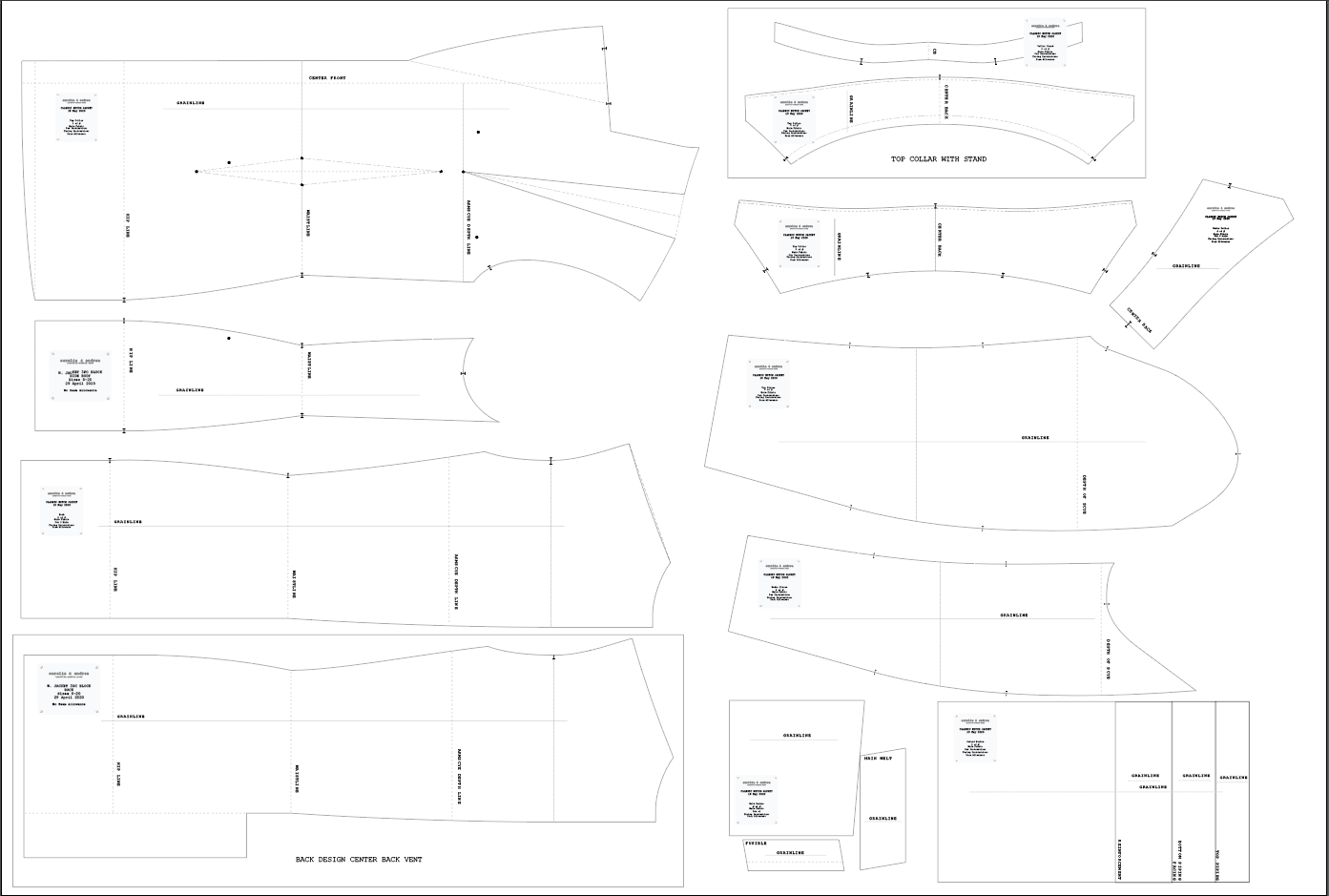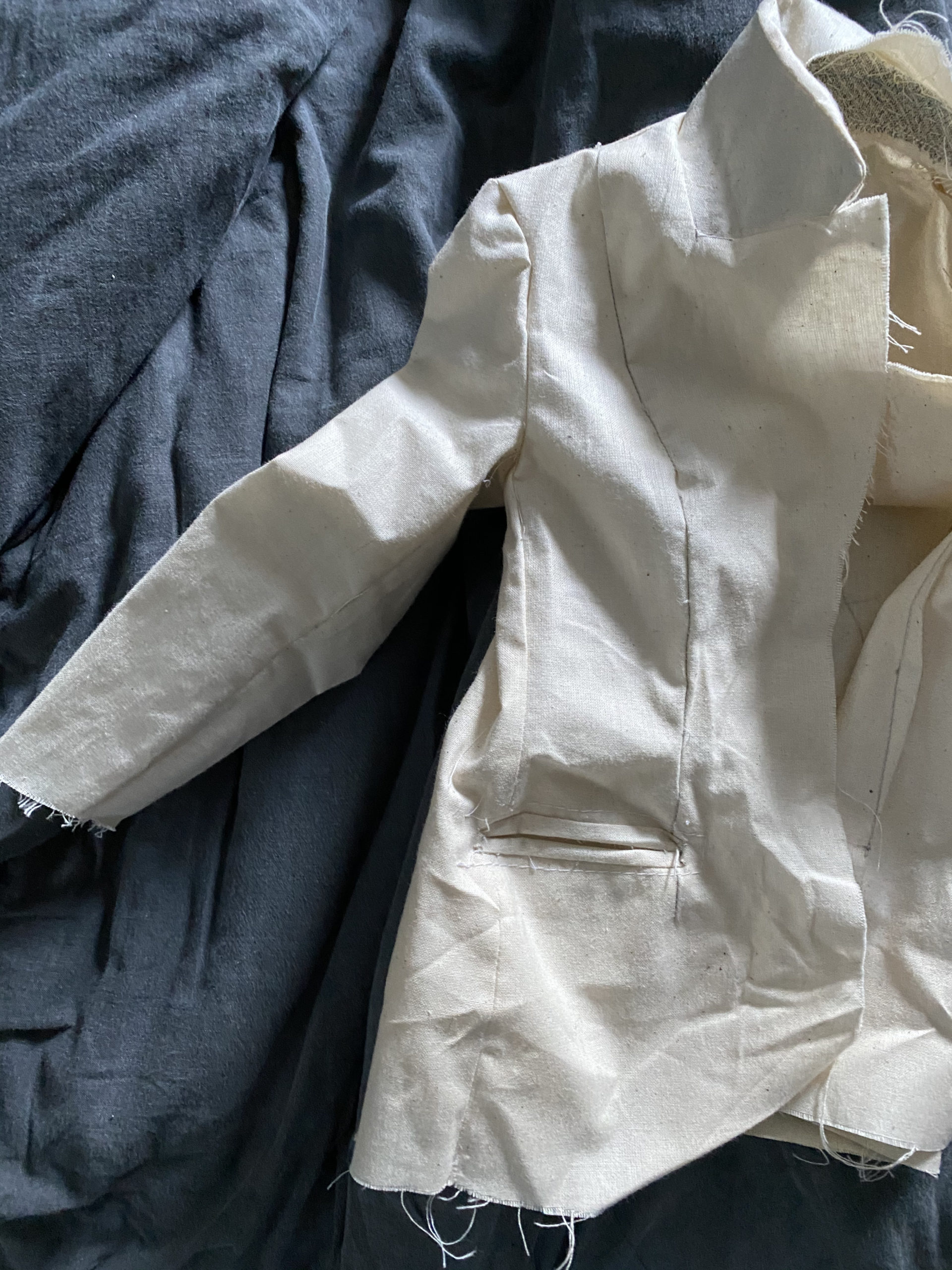I have final arrived at the design I’m hoping. Therefore, what’s left was to clean up the patterns for the final garments to make and submit. The placket I first toiled with didn’t have enough length to cover the raw edges. So I just added extra length. Below is the first two ...
This is the first time I used CLO3D program. I always knew about it but never had the chance to try it out. and since there were only 30 days of trial I can use, I timed it so I can use it for this project. That is if the program is straight forward enough. It took a bit of tutorials before I got ...
The first mentoring session, I knew I needed to ask about the lineup and improve it a little bit. I took Sue’s suggestion to lengthen the dress and make it a maxi length to create drama. Who knew adding a few more centimeters can change the look of a garment. (I always forget this sort of ...
After years of rummaging the Internet for tutorials and information on how to make a Terno sleeve, I have finally found the best tutorial that show how to pattern make and also sew this sleeve. I also bought a book (still in the possession of my sister in the Philippine, in which she took photos of ...
Oh the weaving process. Probably the most overwhelming task out of any of my work. Suddenly, I had to unlearn the past few years to make this garment happen. It’s not that I don’t need planning. It’s just a different planning than pattern making. Maths were involved, especially ...
There were multiple changes made with the patterns of the Barong dress to finesse its look and details. I began by removing the fullness of the dress that made it oversize, but I kept the volume of the original pattern at the hem. As mentioned previously, the center front panel doesn’t need a ...
I started the collection with the Barong dress as it is the most familiar and I know the parts that needs to go. It’s the one in which the design is finalized and will only be changed in details instead of the whole design. This is the starting block I used to start my pattern making for this ...
This is the preview of the patterns in a model in Adobe Illustrator. It is saved as a .ai file and cardboard is extendable. This is where pieces can be copied for manipulations or fixed. Ideally, however, there is a separate cutting table (a larger cardboard separate from this file) so as no to ...
There were a few reasons I had to sample the patterns at home. One, the country was on Covid-19 lockdown restrictions and printing wasn’t on the top computer essential business. Second, there are e-patterns being sold online that would need to be printed on a regular A4 sized paper. This is ...
